As we cross the first quarter of the third millennium, it’s a good time to review the rapid socio-economic changes that Kerala has undergone. TOI takes a look at the numbers buried in govt files and Planning Commission reports of the last 24 years that hold a mirror to the way people lived and what the future holds
Twenty-five years is indeed a long time, especially in a person’s life. Some turn adults, others enter middle age and many walk into the sunset years. To begin with, Kerala@2000 was much greener and cleaner.
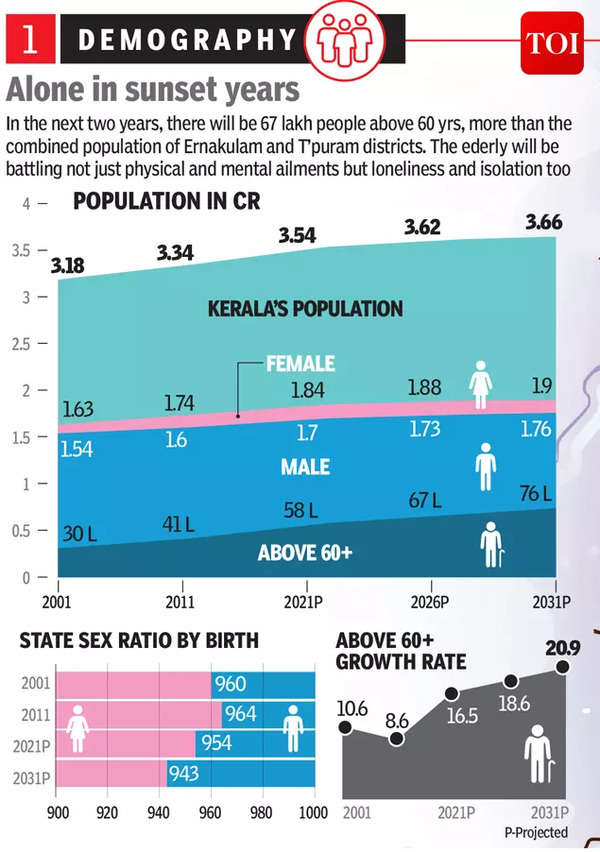
There were no malls or mobile towers, Metro or metrosexuals. Mammootty and Mohanlal were reigning superstars with no multiplexes and OTT stars to challenge them.
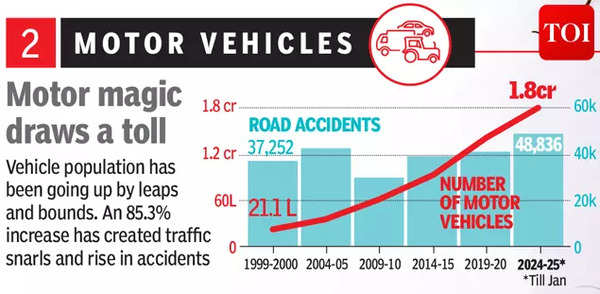
Fast forward 2025, Kerala’s rapid real estate growth has blurred the rural-urban divide, buoyed by the remittance economy.
Like every state in the country, Kerala too has a deeper story to narrate, as aspirations and dreams fall short of rude realities. A good pointer to understand this paradox is by deciphering the available socio-economic data.
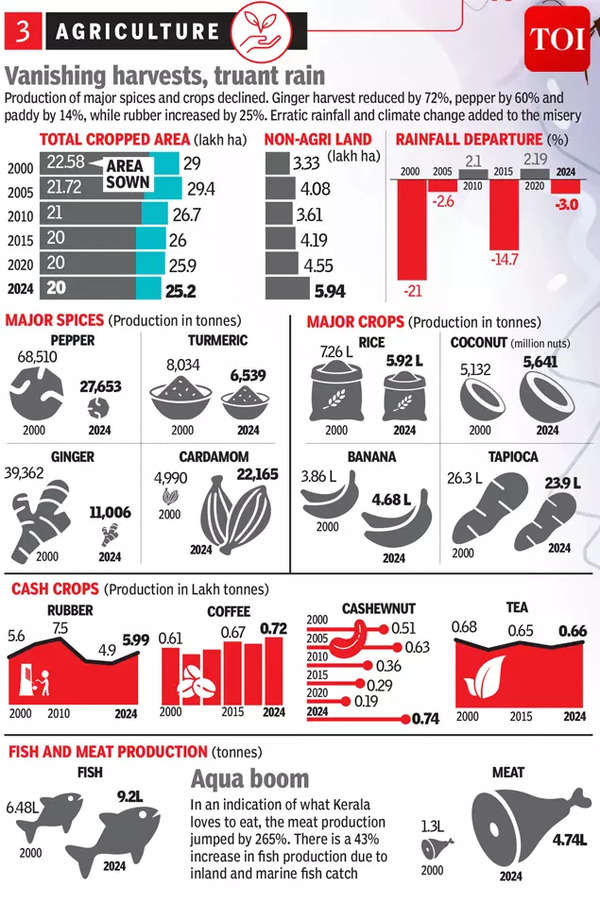
To begin with, Kerala’s famed human development indices are challenged by the rapid spread of communicable and non-communicable diseases, majorly impacting an aging population that will cross 67 lakhs in two years.
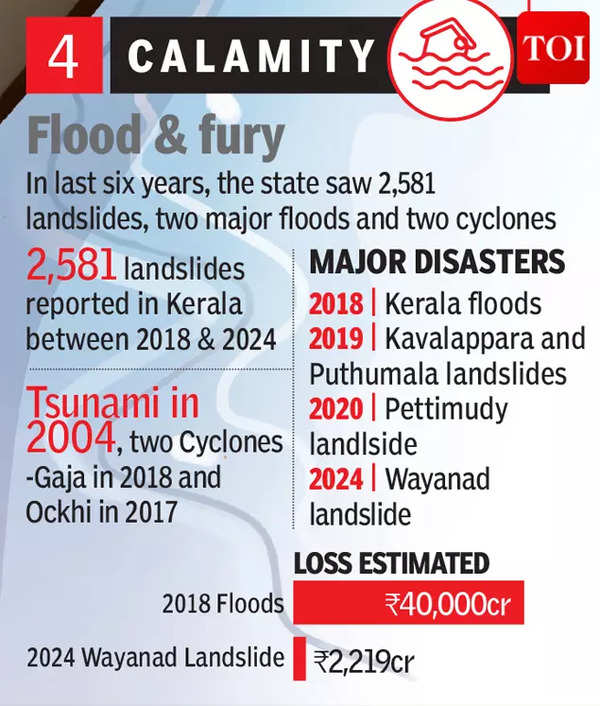
Climate change is also throwing up new health challenges, besides destroying the Ghats and coast, resulting in huge losses to the economy.
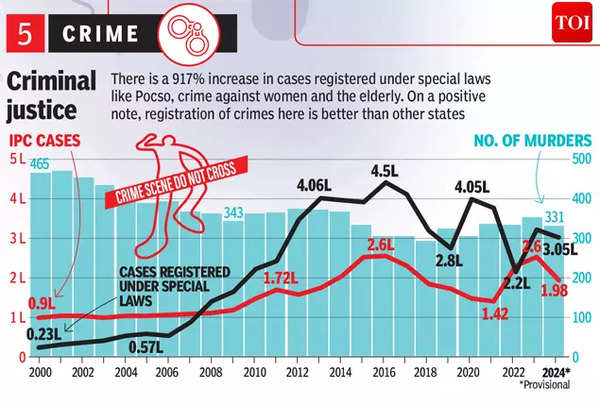
When it comes to the state of finance, Kerala is reeling under a severe fiscal crisis, with overall debt increasing by 1,585%, whereas the total receipts increased by 604% in 24 years. The silver lining is the remittance economy, which increased by 1,777%.
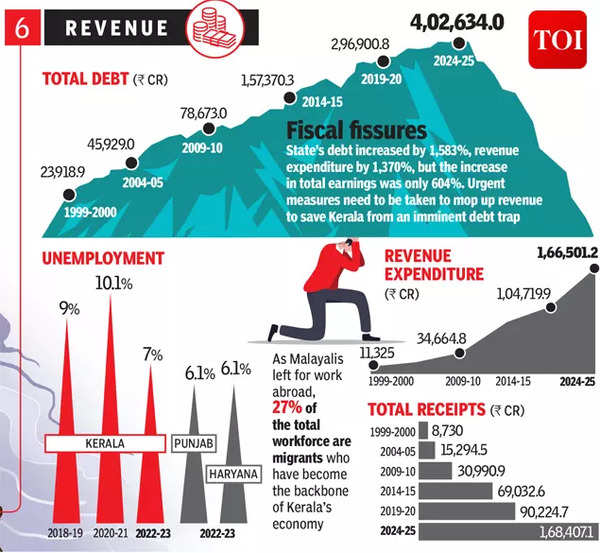
As Malayalis left for work abroad, migrant workers grew in strength, totalling 27%, becoming the backbone of Kerala’s economy. In the Kerala growth story, the third biggest revenue earner is excise duty that increased by over 300%.
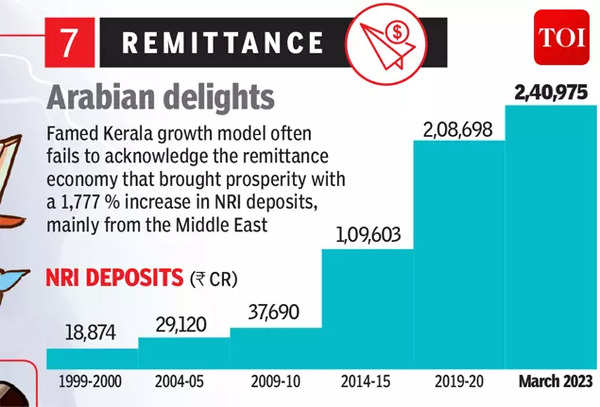
On the academic front, enrollment in primary school has come down. A few engineering and medical colleges even went up for sale.
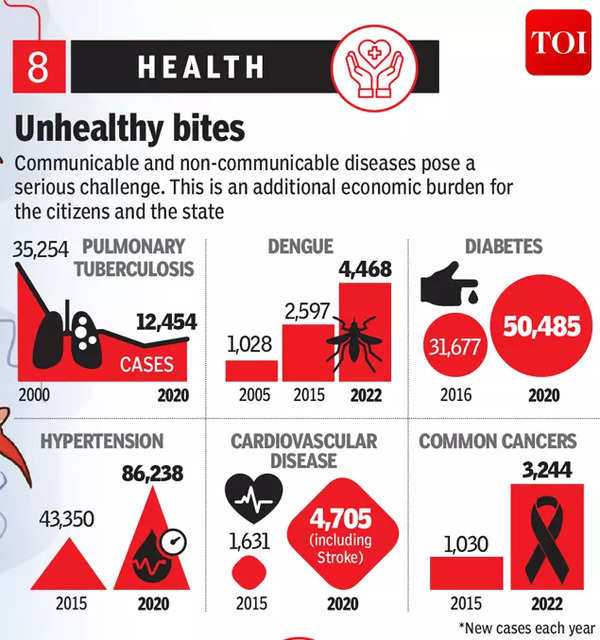
Agriculture has also taken a hit with all major crop cultivation, barring a few, declining. Net sown area has shown an overall decrease of 44%.
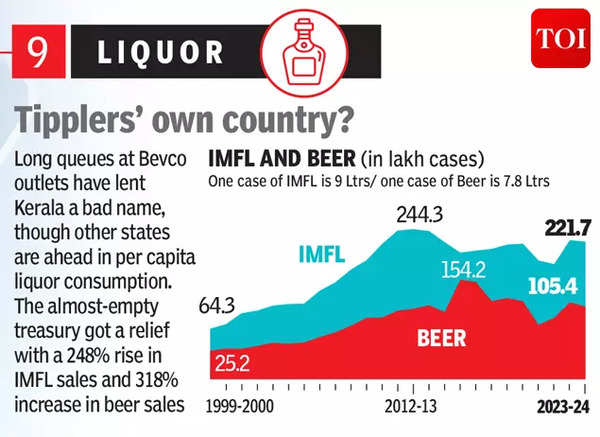
On a positive note, crime data shows that Kerala has been sensitive in handling crimes against children, women and the elderly, with a 916% increase in cases registered under special laws.
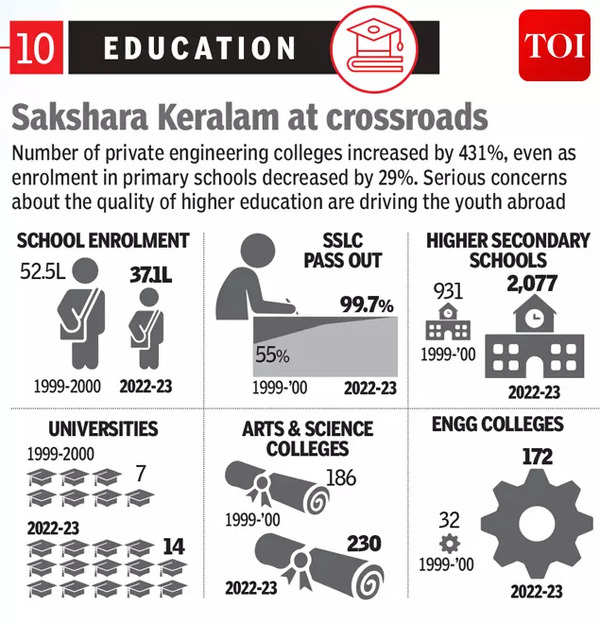
The state has indeed achieved a lot and finds place amongst the top livable places.
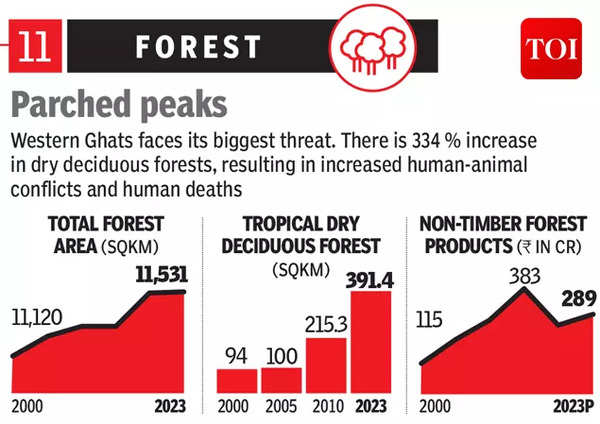
But the Kerala story is incomplete if the state fails to do a reality check and address the inherent contradictions buried within the aspirational society.
